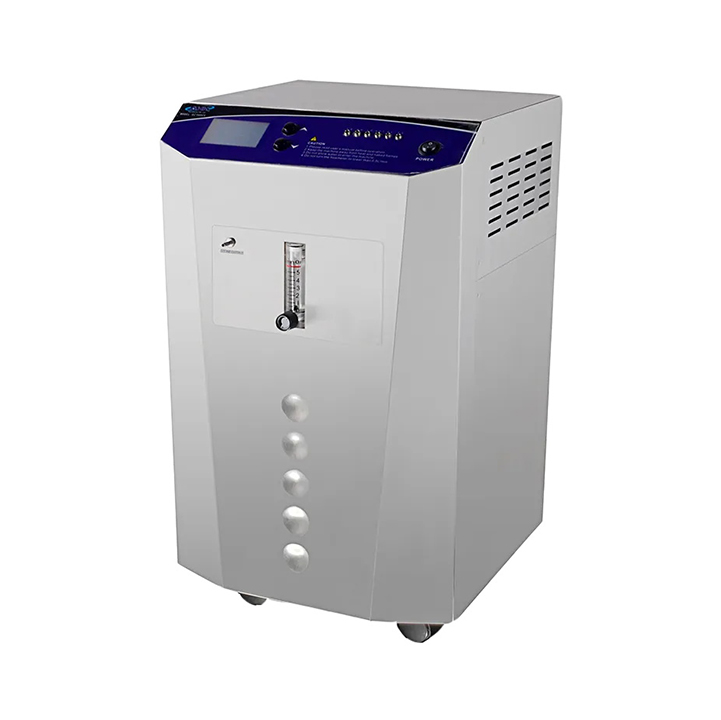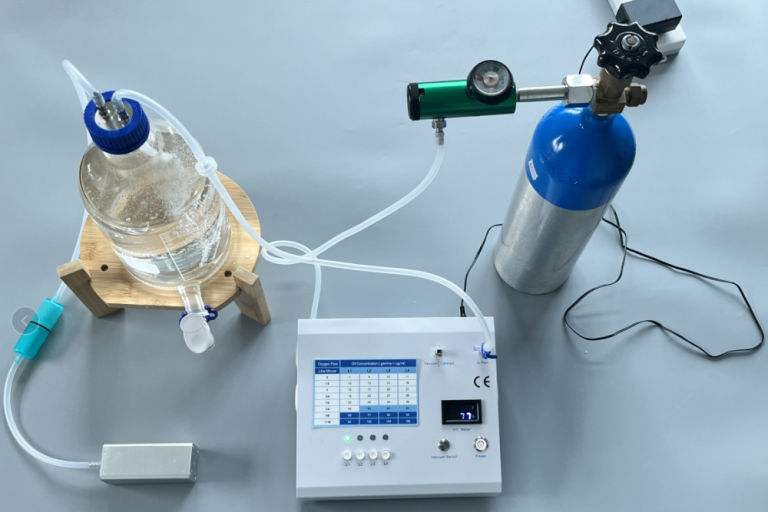Harnessing the Power of Ozone Revolutionizing Sewage Treatment
In the quest for cleaner and more sustainable sewage treatment methods, the utilization of ozone technology has emerged as a powerful solution. Ozone, a molecule consisting of three oxygen atoms, is a potent oxidizing agent and disinfectant. Its effectiveness in eliminating organic pollutants, pathogens, and odors has made it a preferred choice in wastewater treatment processes worldwide.
Traditionally, sewage treatment involved a series of physical, chemical, and biological processes to remove contaminants from wastewater before discharge. While these methods have been effective to a certain extent, they often come with drawbacks such as high energy consumption, chemical usage, and limited efficiency in removing certain pollutants.

Ozone Revolutionizing Sewage Treatment
Enter Ozone Revolutionizing Sewage Treatment, which have revolutionized the way we approach wastewater management. These machines utilize ozone generators to produce ozone gas on-site, allowing for real-time application in sewage treatment plants. The ozone is then introduced into the wastewater stream, where it performs a range of crucial functions:
Oxidation of Organic Compounds: Ozone effectively oxidizes organic compounds present in sewage, breaking them down into simpler, less harmful substances. This process helps in reducing biochemical oxygen demand (BOD) and chemical oxygen demand (COD), which are key indicators of water quality.
Disinfection: One of the most significant advantages of ozone is its potent disinfection capabilities. It efficiently kills bacteria, viruses, and other pathogens present in sewage, thereby minimizing the risk of waterborne diseases and ensuring the safety of downstream water bodies.
Odor Control: The presence of foul odors is a common issue in sewage treatment plants. Ozone effectively eliminates odor-causing compounds through oxidation, resulting in a fresher and more pleasant working environment.
Color and Turbidity Removal: Ozone has been found to aid in the removal of color and turbidity from wastewater, improving its aesthetic qualities and making it suitable for various reuse applications such as irrigation or industrial processes.
Moreover, ozone treatment offers several advantages over conventional methods:
Environmentally Friendly: Ozone decomposes into oxygen without leaving behind harmful residues, making it an environmentally sustainable option for sewage treatment.
Reduced Chemical Usage: Unlike traditional chemical treatments, ozone does not require the addition of large quantities of chemicals, thus minimizing chemical usage and reducing the generation of hazardous by-products.
Energy Efficiency: Ozone treatment systems are designed to be energy-efficient, with modern ozone generators utilizing advanced technologies to optimize ozone production while minimizing energy consumption.
Despite its numerous benefits, the implementation of ozone technology in sewage treatment does come with challenges, including initial capital costs and the need for proper system design and maintenance. However, the long-term advantages in terms of improved effluent quality, reduced operating costs, and environmental stewardship outweigh these challenges.
In conclusion,Ozone Revolutionizing Sewage Treatment is more effective , ozone machines have emerged as a game-changer in sewage treatment, offering a sustainable and effective solution for addressing the challenges of wastewater management. By harnessing the power of ozone, we can pave the way towards cleaner waterways, healthier communities, and a more sustainable future.






